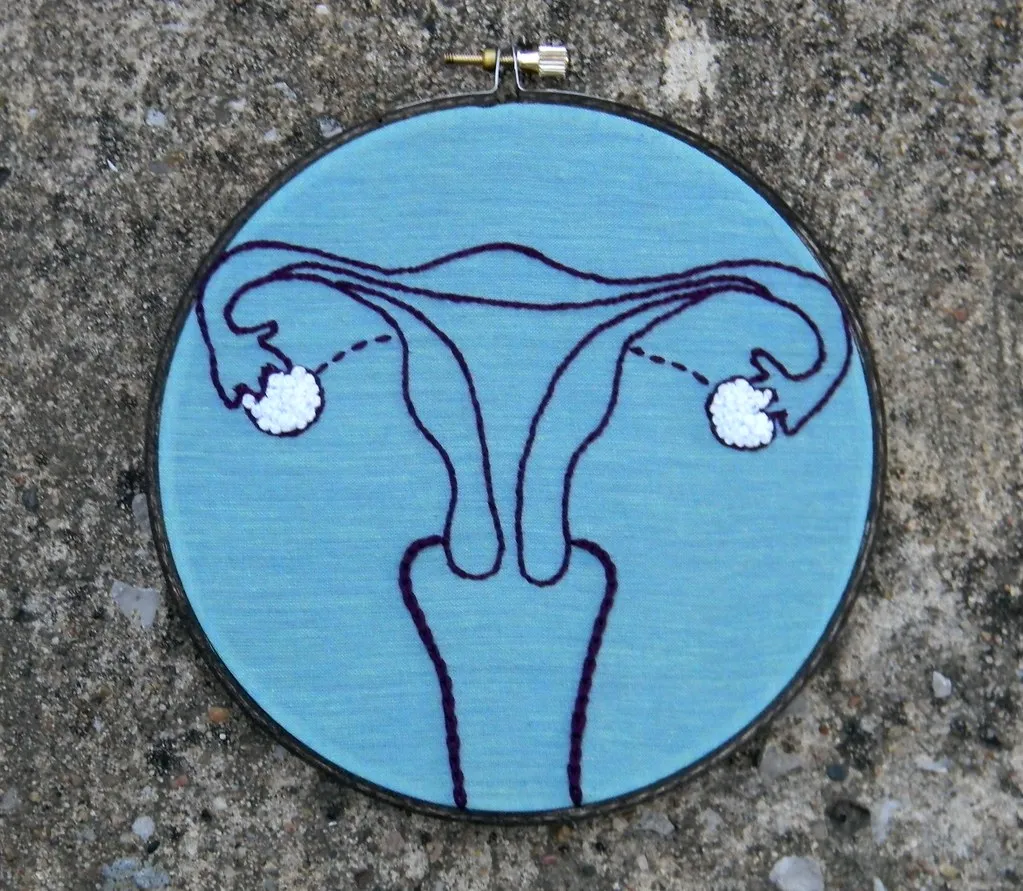Mary Neal
The news that the first successful UK womb transplant has been performed at the Churchill Hospital in Oxford has been greeted as the “dawn of a new era” in reproductive medicine.
The recipient is a 34-year-old woman born without a womb, and the donor is her elder sister, who already has children of her own. The operation was funded by Womb Transplant UK, a charity that raises funds for womb transplant research and seeks to make womb transplantation another option for treating infertility “within the next few years”, alongside existing tools like drugs, IVF and surrogacy. However, while the procedure may have life-transforming potential for some women, there are ethical considerations to take into account.
What does the procedure involve?
Womb transplantation is an intricate procedure in which one team of surgeons removes the womb from the donor and a second team transplants it into the recipient. Both stages of the procedure are serious operations lasting many hours, and the patients remain in hospital for days afterwards.
Donor and recipient undergo extensive counselling before the transplant to ensure psychological suitability, and the recipient must take drugs that suppress the immune system afterwards to prevent her body from rejecting the new organ.
Once the recipient has finished “using” the womb she has further surgery to remove it, so that the immunosuppressant drugs can be discontinued.
Since the first successful womb transplants in 2012, around 100 procedures have now been performed around the world, leading to the birth of around 50 babies. Teams in Sweden and the US have been particularly successful in pioneering the technique.
Who might benefit?
The potential beneficiaries of womb transplantation are women who, for medical reasons, cannot carry a pregnancy. Around one in 5,000 women are born without a womb, and many other women of childbearing age have their wombs removed due to cancer, fibroids, prolapse or extremely heavy periods.
Although women without wombs may still be able to be genetic mothers – if embryos created using their eggs are gestated and birthed by surrogates – womb transplants give them the chance to carry and give birth to their own babies.
How safe is it?
The procedure is claimed to be medically safe for donor and recipient, and there is plenty of data – from over 50 years of transplanting other organs – on the safety of immunosuppressant drugs for recipients’ unborn children.
Womb transplantation involves serious surgery and significant recovery time, but so do many other types of surgery that are designed not to save life, but to enhance its quality. However, most other non-life-saving surgeries do not involve a living donor undergoing a highly invasive procedure with a long recovery period.
There is also some evidence that women who undergo hysterectomy – even where it doesn’t trigger menopause – can experience depression as a result.
Of course, counselling can help warn potential donors about these risks and ensure their consent is well-informed. But it cannot remove risk, and consent alone is not enough to make a procedure ethical.

Another type of safety concern might arise around the supply of wombs for transplantation. There are alarming reports of organ black markets and vulnerable people being trafficked for their organs, including in the UK. Once womb transplantation becomes more widespread, similar concerns might arise in relation to wombs.
Less dramatically, as womb transplantation becomes more commonplace, women might feel under subtle pressure to donate to eligible family members (many of the transplants to date have involved family members). They may even put this pressure on themselves.
How much does it cost?
The UK’s first womb transplant was not publicly funded: a charity covered some of the £25,000 cost and surgeons donated their time. However, as the procedure becomes more mainstream, there may well be calls to provide it on the NHS, including (when the technique is sufficiently developed) for trans women patients, and this will undoubtedly be controversial.
Are we idealising biology?
A great deal of time, expertise, cost and risk are involved in giving a woman a new womb. Are we at risk of idealising the biological experience?
People whose bodies cannot gestate a foetus can experience parenthood in other ways. We need to take care that in going to such great lengths to make gestational parenting possible, we are not creating a hierarchy in which the latter is seen as the gold standard, with “mere” genetic and social parenting devalued.
We should also be careful not to foster overly idealised expectations about pregnancy and birth, which can be far from the fulfilling experience transplant patients clearly hope for. Pregnancy can be an anxious, uncomfortable experience, and for some women it is traumatic, tragic or followed by postpartum depression. The expectation that it will necessarily be life-enhancing is unrealistic.
This article is republished from The Conversation under a Creative Commons license. Read the original article.









